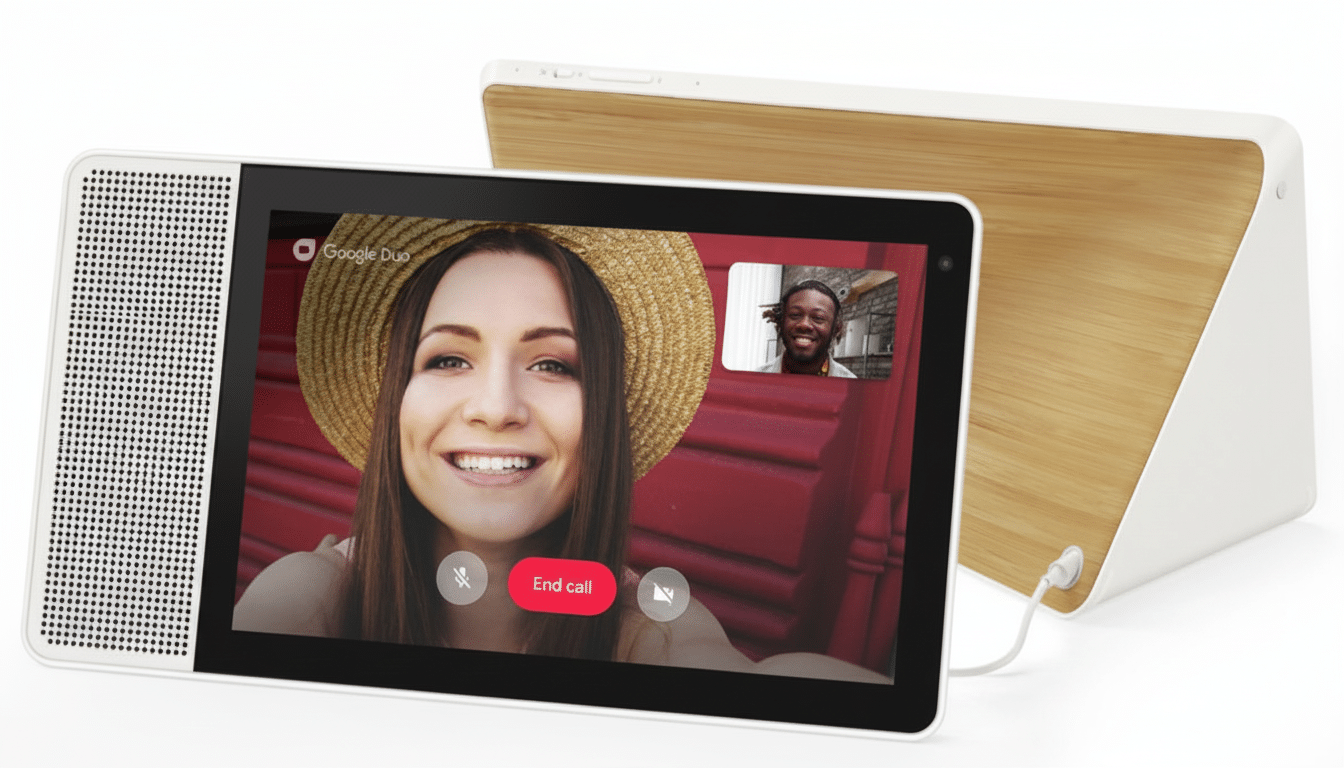There’s more and more evidence that Gemini for Home might be sneaking out of Google’s hardware walled garden. A Lenovo Smart Display 10 has been caught surfacing an “Update in progress” card clearly pointing to Gemini for Home, suggesting that Google’s next-gen assistant may soon land on third-party smart speakers and displays — devices not originally eligible for the software upgrade, and some of which are knocking on seven years old in service.
A Surprise Signal From an Older Lenovo Model
Gemini for Home is now available to US Early Access customers and, per the published guidelines, only first-party Nest and Google Home speakers or smart displays. This explains why a sighting on a 2018-era Lenovo Smart Display 10 leaves a big impression: a reader shared a tip about spotting a Google Assistant card that read, “Update in progress. Check back soon to connect to Gemini for Home,” which appears to signal that the backend is being activated, if only for some third-party hardware.

The company’s official list of compatible devices today includes practically every entry from its Nest Mini, Nest Hub, and previous Google Home lineups, but it doesn’t go so far as to list specific partner products like Lenovo’s Smart Display family or the JBL Link View speakers. The Lenovo appearance isn’t an indicator that a wide release is imminent, but it’s a strong indication that Google has been testing Gemini experiences on devices other than its own.
Why Third-Party Support Matters So Much to Users
There is a sizeable number of third-party Assistant devices in the smart display and speaker installed base. And market trackers including Canalys and Strategy Analytics have tallied the rush for Assistant-powered screens from players such as Lenovo, JBL, and others that began in 2018 and played out through 2020, with millions sold worldwide. Expanding Gemini for Home to that long tail would immediately increase reach and reduce fragmentation among households with both Nest and partner hardware.
It would also be an uncommon victory for device sustainability. Google’s own Nest Hub (2nd gen) famously switched to Fuchsia under the hood, but partner displays are based on older platforms and chipsets. If Gemini for Home is actually coming to some 2018 hardware, it again highlights a cloud-first approach that could put significantly more sophisticated conversational features in people’s hands without requiring new silicon. For users, that means they’ll get better answers, follow-ups, and home control on the screens and speakers they already have.
What Gemini for Home Might Do to Your Speaker
Google has positioned Gemini as a more powerful, context-aware assistant, connecting natural dialog, planning, and multimodal understanding. On smart speakers and displays, that probably translates to more seamless follow-up questions, richer routine building, and the ability to reliably control complex scenes in the Google Home graph — particularly for homes with dozens of devices. Features you should look forward to include the ability to handle chained commands (as in, “Dim the living room lights, start the movie, and turn off the porch when it starts”), and more accurate resolution across multiple devices that have relatively similar names.
Hardware limits will still matter. Third-party displays may not support every on-device feature Google has had time to implement on a Nest Hub, and some tasks will continue to be processed in the cloud. But the brain at the center of every interaction — the assistant’s brain — can upgrade significantly without requiring you to buy a new piece of hardware. If Google ports any subset of Gemini’s decisions to partner devices, the day-to-day voice-control experience might get significantly quicker and more reliable.

What We Know and What We Don’t About Rollout
Knowns:
- Gemini for Home is currently available in the Early Access program in the US.
- Google has officially implemented support today for first-party Google Home and Nest devices.
- At least one Lenovo Smart Display has shown a Gemini update card.
Unknowns:
- When a wider rollout will follow.
- What the regional availability will be.
- Which partner models will qualify.
- Whether feature parity will match Nest devices or arrive in stages.
Earlier Google rollouts have also indicated a staggered approach. It never hurts to consider that some partner SKUs may be enabled server-side while others require firmware updates for this. Users should also look for account and household opt-in prompts, as a result of Gemini’s broader context use and the shared speakers’ multi-user experience. Privacy restrictions — including activity management and Voice Match — will continue to be core if Gemini’s contextual window in the home expands.
The Stakes for Google’s Home Ecosystem Strategy
That would help Google consolidate the assistant story at a time when the world is rethinking voice platforms. With the former tightening its focus and Apple leaning on on-device intelligence, Google’s extension of Gemini to legacy partner hardware is a statement of intent for the broader ecosystem.
It might also boost engagement throughout Google Home, as more robust conversations, better recommendations, and increased reliability generally lead to higher daily use and retention.
Until Google confirms support, though, consider the Lenovo sighting as more of a good sign than a done deal. But if the stealth upgrade progresses unchecked, millions of aging Assistant screens and speakers could soon suddenly start acting a lot smarter — without customers having to buy new hardware.

